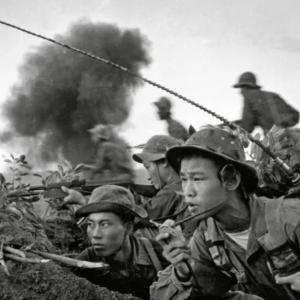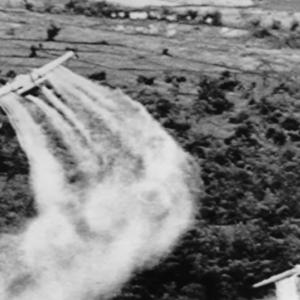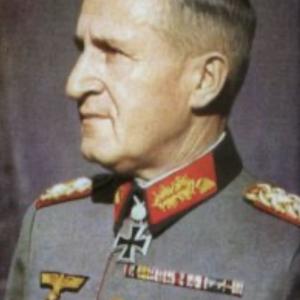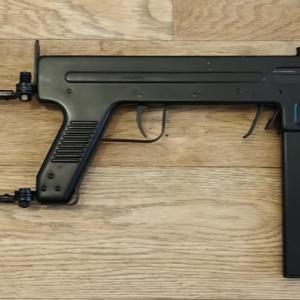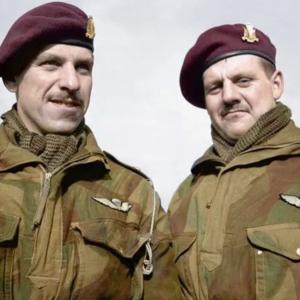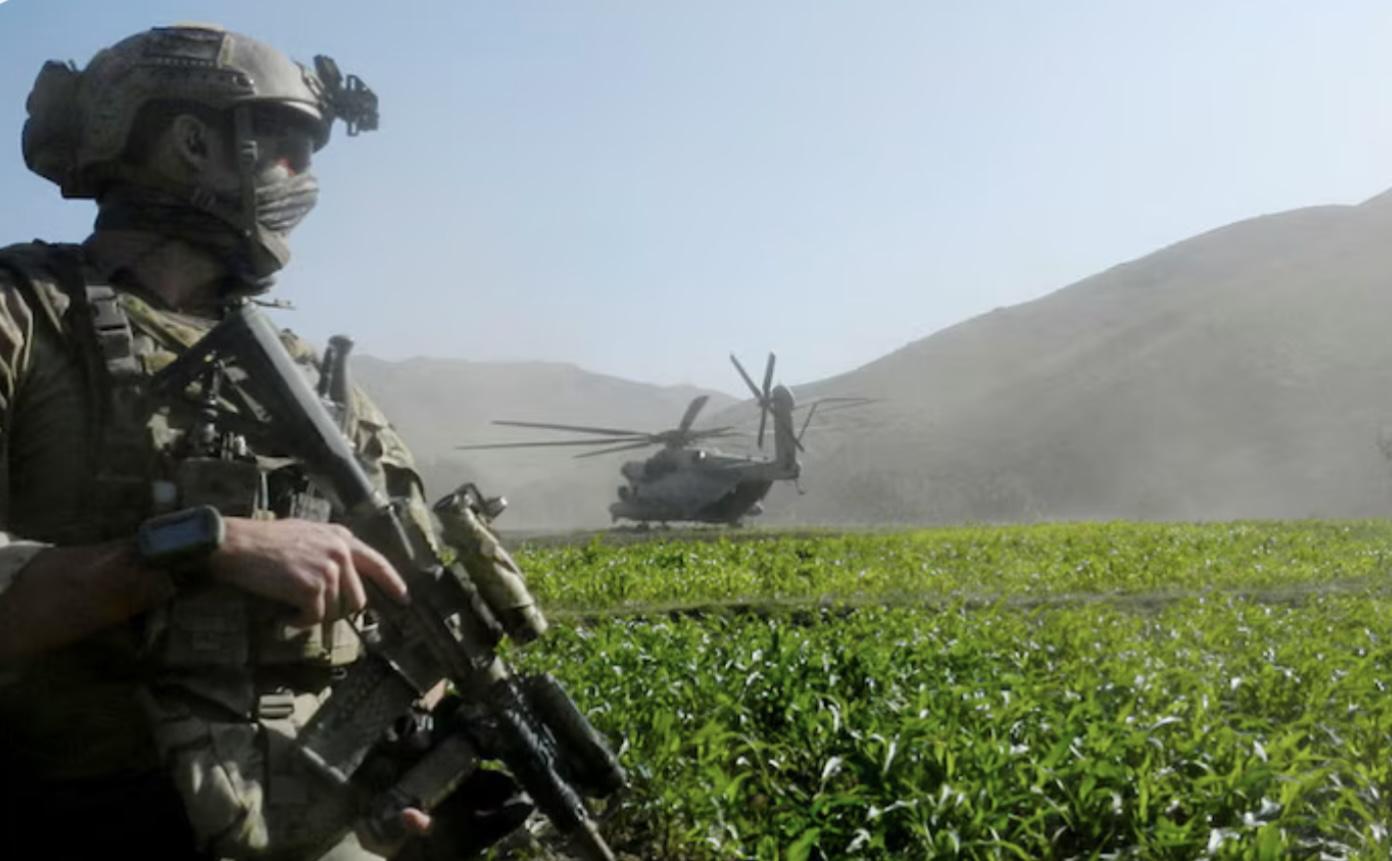
First British troops into Afghan
In the immediate aftermath of the September 11 attacks in 2001, the United Kingdom stood as a key ally to the United States in its declaration of a global "War on Terror." Within weeks, British special forces were deployed into Afghanistan as part of the opening phase of Operation Enduring Freedom. Their mission was to support the toppling of the Taliban regime, gather intelligence on Al-Qaeda, and work alongside U.S. and Northern Alliance forces.
The UK’s military contribution was codenamed Operation Veritas, and it encompassed all British operations supporting the U.S. campaign. Within this framework, elite units from the UK’s Special Forces community—the Special Air Service (SAS) and Special Boat Service (SBS)—were deployed discreetly in the early stages of the conflict.
By mid-October 2001, two squadrons of the 22nd Special Air Service Regiment, along with elements from the 21st and 23rd SAS (the reserve regiments), had moved into northern Afghanistan. Their initial task, conducted under a covert operation, was to conduct long-range reconnaissance patrols, gather battlefield intelligence, and liaise with anti-Taliban forces, particularly the Northern Alliance.
Operating in small, mobile teams, these SAS units travelled by modified desert patrol vehicles and ATVs. Their presence was kept tightly under wraps, and their movements occurred primarily at night to avoid detection. These missions were crucial in helping coalition planners understand Taliban positions, movements, and terrain features in the remote regions of northern and western Afghanistan.
Despite being well-equipped and ready for direct action missions, the SAS did not encounter significant Taliban resistance during these initial operations. After roughly two weeks on the ground, with reconnaissance objectives largely completed and no major engagements taking place, both squadrons were temporarily withdrawn to the UK by the end of October.
While the SAS focused on inland reconnaissance, the Special Boat Service played a key role in securing key infrastructure. By mid-November, operators from the SBS—specifically C Squadron—moved into Bagram Air Base. Their task was to secure the site and establish a forward base of operations for coalition forces. This marked one of the first significant UK-led insertions into a critical strategic location in Afghanistan.
The SBS’s expertise in amphibious and covert land operations made them an ideal unit to help prepare Bagram for use by incoming UK and U.S. forces. This operation laid the groundwork for the establishment of long-term British presence in the area.
In addition to ground troops, British naval and air assets played a supporting role. Royal Navy vessels, including HMS Illustrious and HMS Fearless, operated in the Arabian Sea, serving as launch platforms and logistical bases. Air support and resupply were coordinated from regional bases in the Gulf and from Diego Garcia in the Indian Ocean.
In parallel, around 200 Royal Marines from 40 Commando were positioned for possible reinforcement or follow-on operations. These troops remained at readiness aboard amphibious ships and were later involved in securing and patrolling forward areas.
During this phase, British special forces operated from a mix of temporary forward operating locations and larger coalition bases. Bagram Air Base became a key hub following its seizure. Temporary forward bases and safehouses were established in the northern regions, including areas controlled by the Northern Alliance. Staging points in Gulf states and at sea aboard Royal Navy vessels supported logistics, command, and rapid insertion capabilities.
The exact number of UK special forces deployed in October 2001 remains classified. However, it is believed that around 100 to 150 SAS operators were on the ground in the early phase. An additional 100 to 200 Royal Marines were deployed aboard naval vessels in a supporting role. SBS elements inserted into Afghanistan slightly later, securing Bagram and conducting special reconnaissance. While small in number, these elite forces were highly mobile, heavily trained, and capable of conducting independent missions far beyond the capabilities of conventional forces.
UK special forces worked closely with American counterparts from U.S. Army Special Forces and the CIA's Special Activities Division. They also built relationships with Northern Alliance commanders, offering communications, fire support coordination, and battlefield intelligence. Although direct action missions—such as raids and targeted strikes—would increase in frequency later in the campaign, these early operations were mostly about shaping the battlefield, mapping Taliban networks, and preparing the environment for larger coalition offensives.
By late October 2001, British special forces had firmly established a covert presence inside Afghanistan. Operating quietly but effectively, the SAS and SBS laid the groundwork for more extensive UK military involvement that would follow in 2002 and beyond. Their early missions, though low-profile, were instrumental in enabling coalition forces to gain the upper hand in the chaotic and fast-moving opening weeks of the war in Afghanistan.

